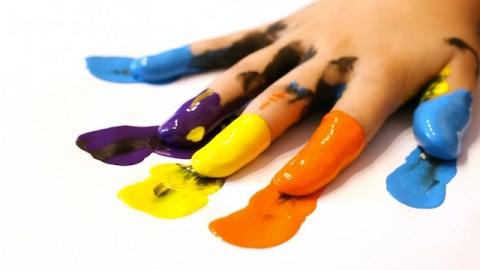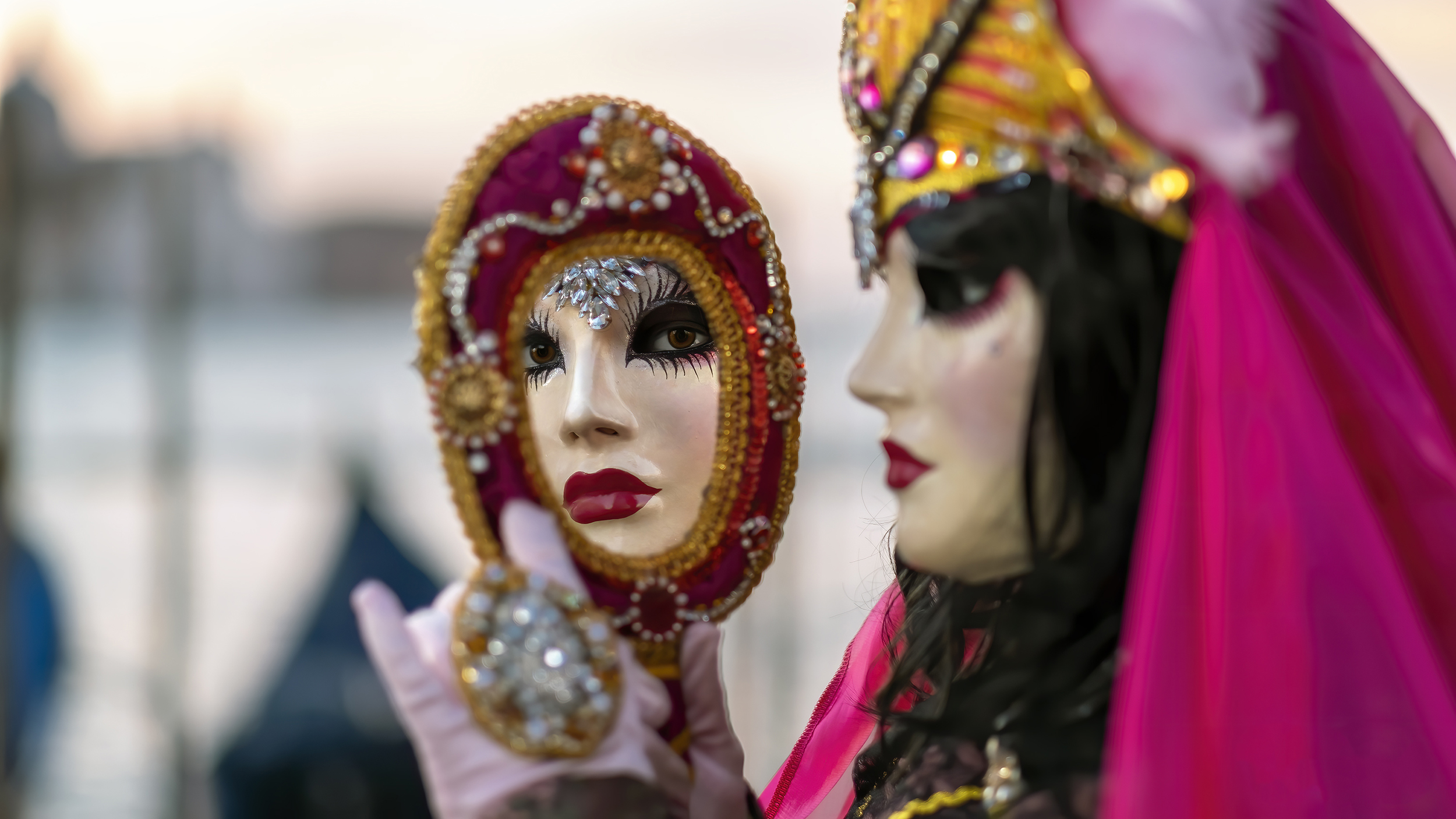The Role of Origins, Essence and Specialness in Art

In 2010, the British auction house Christie’s acquired a first edition of Charles Darwin’s On The Origin of Species. The rare book surfaced after a few serendipitous events. The vendor’s son-in-law visited a Darwin exhibition and noticed that a first edition on display resembled a book his in-laws kept in their guest washroom. The son-in-law did some research and verified that the book his in-laws owned was, in fact, one of the original 1,250 copies of Darwin’s seminal book. Christie’s sold the newfound original for over $170,000 to an anonymous telephone bidder.
If that sounds too pricey consider visiting Amazon, where you can find a copyfor around ten dollars; even cheaper is a Kindle edition available forfree. But before making any purchases, pause and observe the differences in value. In terms of content the original edition and the Kindle edition are identical, yet how much they cost differs greatly. Why would someone pay $170,000 for something he can obtain for free?
Part of the answer is obvious. The anonymous telephone bidder who spent $170,000 was not buying something he could have obtained for free; he was buying an original. The question is why we value originals more than replicates. Paul Bloom has one answer. He writes about the idea that humans are essentialists; we pay special attention to the history of an object – where it has been, who created it, what touched it – because object’s history is what really matters when it comes to its value. The content might be the same, but the essence of a first edition of Origins and a free Kindle download are different.
Essentialism plays a big role in art. Bloom tells the story of how the value of Vermeer’s The Disciples at Emmaus plummeted after experts discovered that the master Dutch forger Han van Meegeren painted it and points out that people buy John Cage’s 4:33, which is entirely devoid of sound, for $1.99 on iTunes. We don’t just assess art at face value; our assessments are related to our intuitions about the processes that gave rise to its existence.
Imagine, for example, paying a few hundred dollars for a front row seat to see your favorite musician perform in a large concert hall. He performs brilliantly, hitting every note with unmatched skill and virtuosity. At the end of the show you feel that you’ve received your money’s worth. Now imagine discovering that the musician you saw was actually a doppelganger – a stand-in to cover for the real musician who happened to blow town at the last minute. Can you imagine feeling happy about this? The answer is likely to be no, and the reason is that we care about the essence of the creator, not just the creation, just like we care about processes that gave rise to a piece of art as much as the art itself.
This does not only apply to art. Imagine cheering on a runner as he finishes the New York City Marathon. You learn that he recently finished chemotherapy and his cancer is in remission. He has been fighting cancer for years, so training for, running and finishing the marathon was a significant achievement. Now imagine finding out that he took the subway in the middle of the marathon to cut out ten miles from the race. Like buying a forgery or paying money to see a stand-in, you would feel cheated and angry.
If these thought experiments are too difficult to play out in your mind, consider a real world equivalent. It was the brainchild of Washington Post reporter Gene Weingarten and it involved the world-renowned violinist Joshua Bell. In January 2007, Weingarten asked Bell to perform the 43-minute piece Bach piece “Sonatas and Partitas for Unaccompanied Violin” in the L’Enfant Plaza subway station – one of D.C.’s busiest subway stations – during the heart of rush hour. Would anyone notice? The Post found that, “of the 1,097 people who walked by, hardly anyone stopped. One man listened for a few minutes, a couple of kids stared, and one woman, who happened to recognize the violinist, gaped in disbelief.” It turns out that the degree to which you will enjoy music critically depends on whom you think you are listening to.
Closely related to the idea that the essence of a performer is central to enjoying the performance is the concept of originality in art. In general, individual style is a prerequisite for expression. An artist succeeds by developing a style that is not only good, but also distinct from other artists. This is not only true in the visual arts, where a signature denotes the creator, but in photography, where a watermark denotes the photographer, and fashion, where brands are literally identified by the individual (e.g., Chanel and Louis Vuitton).
A series of clever experiments by Bloom and his colleague George Newman illustrates this nicely. In one, the two scientists showed participants two very similar landscapes and told them that one artist painted the first while another decided to make a similar painting after seeing the original (copy-condition). They told a second set of participants a slightly different story: each artist painted the same scene coincidentally (coincident-condition). As predicted, the participants valued the original higher than the duplicate in the copy-condition but each painting equally in the coincidence-condition. What’s interesting is that participants valued the original painting higher in the copy-condition than the coincidence-condition, suggesting that uniqueness had a secondary effect on the value of the original. “One explanation for this increase in value,” Bloom and Newman speculate, “is that our participants inferred that if someone is going to take the trouble of copying a painting, it is likely to be a good painting; another is that participants inferred that if two artists coincidentally draw very similar paintings of the same landscape, then neither painting is likely to exhibit much creativity.”
In another experiment from the same study the researchers hypothesized that contagion and scarcity affect the value of artwork; namely, the more “hands-on” an artist is and the more rare a piece of art is the more valuable it will be. To test this, Bloom and Newman gathered 256 participants and gave them eight different scenarios involving either an artwork (sculpture) or an artifact (furniture) that varied in quantity (1 vs. 100) and how they were made (hands on vs. manufactured). Here’s what they found:
For artworks, when the artist had a high degree of physical contact (i.e., hands-on contact), the sculpture was judged as more valuable than when there was a low degree of contact. In contrast, the difference between artifacts made with a high degree of physical contact versus those made with a low degree of contact was smaller (as revealed by the interaction), though still statistically significant.
Some theorists point out that the idea that the artist should strive for originality and we, the consumers, should value originality more is a recent phenomenon – that before the rise of capitalism people did not care about the artist behind the art. One of them is the famed art historian Ernst Gombrich. Writing in the 1950s, he argues that
our modern notion that an artist must be ‘original’ was by no means shared by most peoples of the past. An Egyptian, a Chinese or Byzantine master would have been greatly puzzled by such a demand. Nor would a medieval artist of Western Europe have understood why he should invent new ways of planning a church, of designing a chalice or of representing the sacred story where the old ones served their purpose so well. The pious donor who wanted to dedicate a new shrine for a holy relic of his patron saint not only tried to procure the most precious material he could afford, he would also seek to provide the master with an old and venerable example of how the legend of the saint should be correctly represented. Nor would the artist feel hampered by this type of commission. There remained enough scope for him to show whether he was a master or a bungler.
Echoing Gombrich is the writer Ian McEwan, who in a recent article for The Guardian makes a similar point.
In modern times, we have come to take for granted in art – literature as well as painting and cinema – the vital and enduring concept of originality. Despite all kinds of theoretical objections, it remains central to our notion of quality. It carries with it an idea of the new, of something created in a godlike fashion out of nothing…. In traditional societies, conformity to certain respected patterns and conventions was the norm. The pot, the carving, the exquisite weaving needed no signature. By contrast, the modern artifact bears the stamp of personality. The work is the signature. The individual truly possesses his or her own work, has rights in it, defines himself by it. It is private property that cannot be trespassed on.
What to make of this? Originality is a culturally loaded concept, and it’s likely that the role originality plays in artistic expression varies from one milieu to another. In the Western world a unique subjective vision is central to art, but that was not always the case, as Gombrich and McEwan emphasize.
The late philosopher Denis Dutton does not agree. He argues that, “just because there was no call for artisans who built and decorated the medieval cathedrals to sign their contributions to those great communal efforts does not entail that the work of especially skilled individuals was not admired in its day.” Dutton draws on his own research in remote New Guinea villages, where “the work of individual dancers, poets, and carvers is a focus of fascinated attention,” and concludes that, “there is no living artistic tradition where it can be said that art is produced with no regard for the individuals who do it.”
What Dutton is saying is not necessarily at odds with Gombrich and McEwan. One human universal with respect to artistic expression is that we admire skill, or performances that demonstrate expertise and technical prowess. Just think about watching a pianist wiz through a Bach fugue or a dancer performing a difficult routine. Art executed with precision that demands strenuous practice draws us in; being impressed is deeply pleasurable. The role originality plays in culture X versus culture Y will vary, but people around the world will always praise eminent creators.
This brings us back to the first edition of Origin of Species – not the price Christie’s paid for it but what Darwin said about sexual selection.* One line of reasoning first proposed by Darwin, and later extended by thinkers including Geoffrey Miller, is that people are drawn to eminent creations for their creators. After all, someone who possesses the creativity and skill to create a masterpiece probably possesses a good set of genes. Miller does not suggest that we create art just to get the girls, but rather that our impulse to reproduce and create works of art evolved simultaneously through sexual selection. That is, reproduction does not consciously enter the mind of the artist; it simply contributes to the urge for self-expression and our appreciation of beauty and skill. (A few counter examples here).
My best guess is that if art has an evolutionary adaption it is what art theorist Ellen Dissanayake terms “making special.” The idea is that humans have a motivation to not just create with intent, but to create something unique that triggers an emotional response that causes us to think differently about the world. Dissanayake proposes that this drive has a Darwinian basis and people who are best at “making special” possess a reproductive advantage. Everyone can speak or draw; not everyone can be an orator or Picasso, and it is these types who stand out from the crowd. This concluding thought is broad and there is obviously much more to the evolutionary story with respect to art. However, in discussing concepts like originality, essentialism and artistic value, specialness likely plays an important role. In every known culture, according to Dutton, central to the concept of art is the idea that art should stand out from the “mundane stream of experience and activity.”** If there is an essence to art, it might be specialness.
Image via Louisanne/Shuttershock
* Ok, fine. Darwin wrote about sexual selection mostly in Descent of Man, not Origin.
** Ironically, modernist art that focused on the ordinary, such as Duchamp The Fountain and other “ready-mades”, received a lot of attention.





